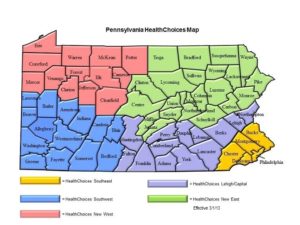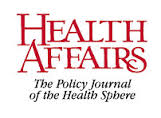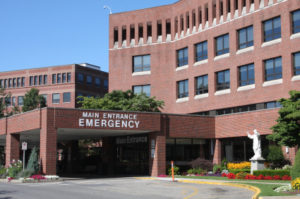Covered by Medicare But Underinsured
Nearly a quarter of the country’s 50 million Medicare beneficiaries are underinsured and ill-equipped financially to handle the program’s cost-sharing responsibilities.
Or so concludes a new report from the Commonwealth Fund.
 According to the report, Medicare’s cost-sharing requirements – premiums, co-pays, deductibles, and services not covered by the program, such as dental and vision care – far outstrip the resources of more than 11 million low-income program participants, leaving many to spend more than 20 percent of their income on health care costs.
According to the report, Medicare’s cost-sharing requirements – premiums, co-pays, deductibles, and services not covered by the program, such as dental and vision care – far outstrip the resources of more than 11 million low-income program participants, leaving many to spend more than 20 percent of their income on health care costs.
In its new report “On Medicare But At Risk: A State-Level Analysis of Beneficiaries Who Are Underinsured or Facing High Total Cost Burdens,” the Commonwealth Fund describes the health care costs Medicare does and does not cover, defines what constitutes “underinsured” and ill-equipped to handle health care costs, delineates the out-of-pocket costs for which beneficiaries are responsible, and offers a state-by-state breakdown of where the uninsured can be found and the proportion of total income they spend on medical services.
Because they serve communities with especially large numbers of low-income residents, Pennsylvania’s safety-net hospitals care for disproportionate numbers of such underinsured Medicare patients. As a result, they face the prospect of providing significant amounts of uncollectible uncompensated care as a result of Medicare patients who cannot afford their co-pays and deductibles.
Find the Commonwealth Fund report here.


 The hospital faced a problem in addition to caring for Mr. G.
The hospital faced a problem in addition to caring for Mr. G.



